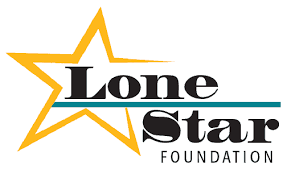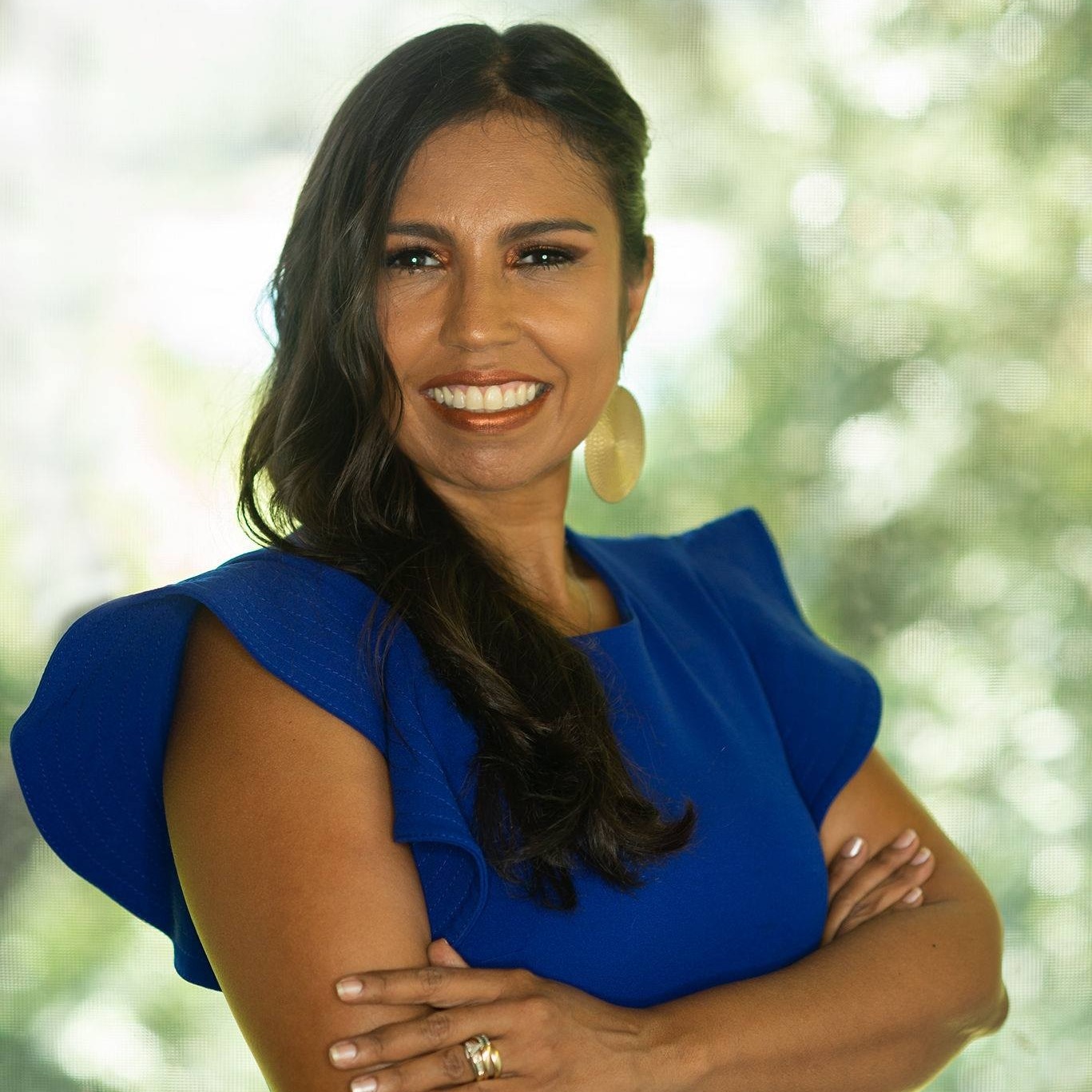The PAR method, also known as Problem-Action-Result, is an alternative to the STAR method for structuring interview responses. While the STAR method focuses on describing a specific situation, the PAR method emphasizes the problem or challenge you faced. Here’s how you can apply the PAR method effectively in an interview:
- Problem: Start by describing the problem or challenge you encountered. Clearly explain the issue you faced, the context, and any relevant details. Be specific and concise in defining the problem.
- Action: Share the actions you took to address the problem. Explain the steps you followed, the strategies you employed, and the decisions you made. Highlight your skills, expertise, and qualities that were instrumental in tackling the problem.
- Result: Discuss the outcome of your actions. Explain the positive results or achievements that were attained as a result of your problem-solving efforts. If possible, quantify the results or provide specific metrics to showcase the impact you made.
The PAR method can be particularly useful in situations where the interviewer wants to assess your problem-solving abilities, critical thinking skills, and ability to take initiative. It allows you to focus on the challenges you faced and how you effectively resolved them. The method helps you demonstrate your ability to identify problems, take appropriate action, and achieve favorable results.
When using the PAR method in an interview, keep the following tips in mind:
- Prepare relevant examples: Prior to the interview, identify specific instances from your past experiences where you encountered and successfully addressed significant problems or challenges.
- Be concise and clear: Clearly articulate the problem, action, and result in a concise manner. Be specific and provide enough context for the interviewer to understand the situation.
- Emphasize your role: Highlight your individual contributions and actions. Showcase the skills, strengths, and qualities you utilized to overcome the problem.
- Quantify results if possible: Whenever applicable, provide measurable results or achievements to add credibility to your response. Numbers, percentages, or other relevant metrics can help demonstrate the impact of your actions.
While the STAR method is widely used and recognized, the PAR method can be an effective alternative, especially when the focus is on problem-solving and action-oriented scenarios. Ultimately, choose the method that best suits the question and allows you to present your experiences and skills in the most compelling way.
Here are a few examples of PAR method questions along with suggestions on how to apply the method effectively:
- “Tell me about a time when you encountered a complex problem at work and how you approached it.”
- Problem: Describe the complex problem you faced, such as a technical issue, organizational challenge, or conflicting priorities.
- Action: Explain the steps you took to analyze the problem, gather relevant information, and devise a solution. Highlight your critical thinking, problem-solving, and decision-making skills.
- Result: Discuss the positive outcome or impact of your actions. Share how your solution resolved the problem, improved processes, or achieved desired results.
- “Describe a situation where you had to take a decisive action to overcome an obstacle or setback.”
- Problem: Explain the obstacle or setback you encountered, such as budget constraints, time limitations, or unexpected hurdles.
- Action: Share the decisive action you took to address the obstacle. Discuss the considerations you made, the alternative solutions you explored, and the rationale behind your chosen course of action.
- Result: Describe the positive outcome or results of your decisive action. Highlight any improvements, achievements, or successful resolution of the setback.
- “Can you give an example of a project or initiative where you identified a problem and implemented a solution?”
- Problem: Explain the problem or opportunity you identified within a project or initiative. This could involve inefficiencies, gaps in processes, or untapped potential.
- Action: Describe the steps you took to analyze the problem, propose a solution, and gain support or buy-in from relevant stakeholders. Discuss any challenges you faced during the implementation.
- Result: Share the positive results or impact of your solution. Highlight any improvements in efficiency, cost savings, revenue generation, or other measurable outcomes.
- “Tell me about a time when you had to navigate a difficult interpersonal situation with a coworker or team member.”
- Problem: Describe the difficult interpersonal situation you encountered, such as a conflict, disagreement, or breakdown in communication.
- Action: Explain how you approached the situation, addressing the emotions and concerns of all parties involved. Share the steps you took to foster understanding, collaboration, and resolution.
- Result: Discuss the positive outcome of your actions, such as improved working relationships, increased teamwork, or the successful resolution of the interpersonal issue.
Remember to adapt your responses to the specific question and the skills or qualities the interviewer is assessing. Focus on providing a clear and concise description of the problem, detailing the actions you took, and highlighting the positive results or impact of your efforts.
Monica Peña is an enthusiastic entrepreneur with a proven method to help professionals stand out in their local community through a combination of offline and online efforts. As a certified Master Life Coach, she assists her clients remove barriers that limit their potential so they can excel in meeting their goals, discover their niche, and successfully pursue their life purpose. She is a certified Career Coach that works with professionals on improving their LinkedIn profile, interview skills, and negotiating a better compensation.








